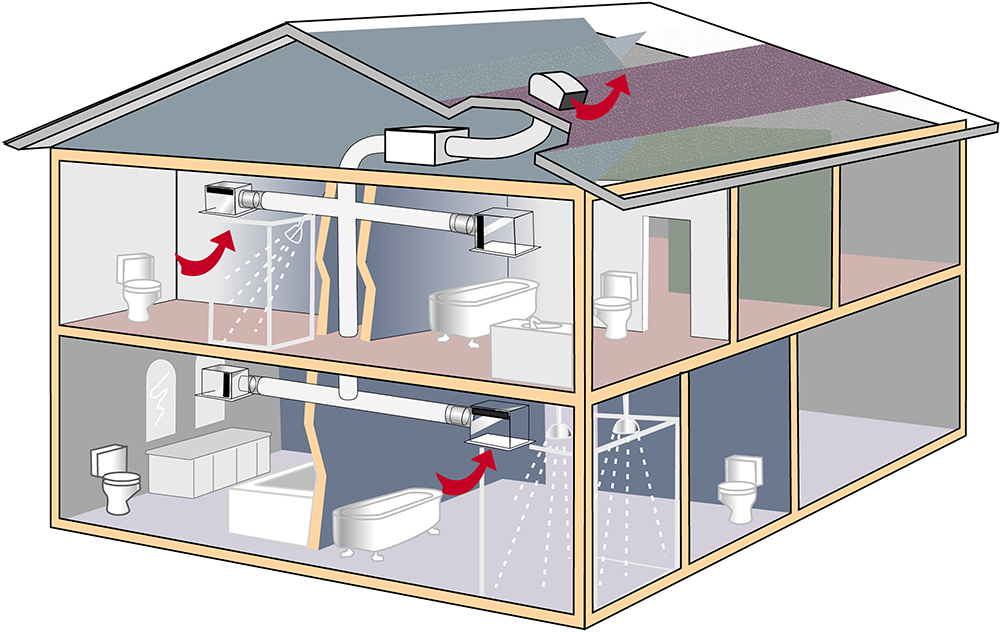Too much or too little humidity?

What is an efficient, comfortable indoor humidity level and how can I maintain it year-round?—Steve
Humidity-related problems are generally worse during winter in the North and during summer in the South, but there can be year-round problems everywhere. Indoor humidity levels can be controlled by just opening windows or running the furnace or air conditioner more, but that increases your utility bills and wastes energy.
For personal comfort, a target of 40 to 45 percent relative humidity is good. Most people are comfortable with a relative humidity ranging from 30 to 50 percent and can tolerate 20 to 60 percent. With relative humidity in the proper range, your furnace or central air conditioner thermostat can be set down or up respectively to save energy. You can purchase an inexpensive hygrometer at most hardware stores to measure to indoor relative humidity.
The keys to maintaining a comfortable and efficient indoor humidity level are controlling the sources of moisture and ventilating them efficiently. The average person gives off one-quarter cup of moisture per hour just breathing. Cooking for a family of four produces five cups of moisture per day.
Exterior moisture sources are the usual suspects, like leaky roofs, plumbing, windows and doors. Once those leaks are addressed, check the slope of the ground around your home to be sure it slants slightly downward away from the house walls. Even with the best new windows, soggy soil around your house enables excess moisture to migrate indoors year-round.
Efficient technology helps
Installing new, efficient replacement windows or exterior storm windows is the best method to control a window condensation problem efficiently.
New bathroom vent fans with humidity sensors come on automatically and run until the humidity level drops. With a manual switch, you have to either turn the fan off prematurely if you have to leave, or let it run all day. Also, check the seal around the clothes dryer duct leading to the outdoor vent.
You can install a new furnace/heat pump with a variable-speed blower and compatible thermostat to enable it to run in an efficient dehumidification mode during summer. Make sure the damper handle on the central humidifier is set for the proper season. KL
JAMES DULLEY is a nationally syndicated columnist who writes on energy efficiency and do-it-yourself energy topics.

